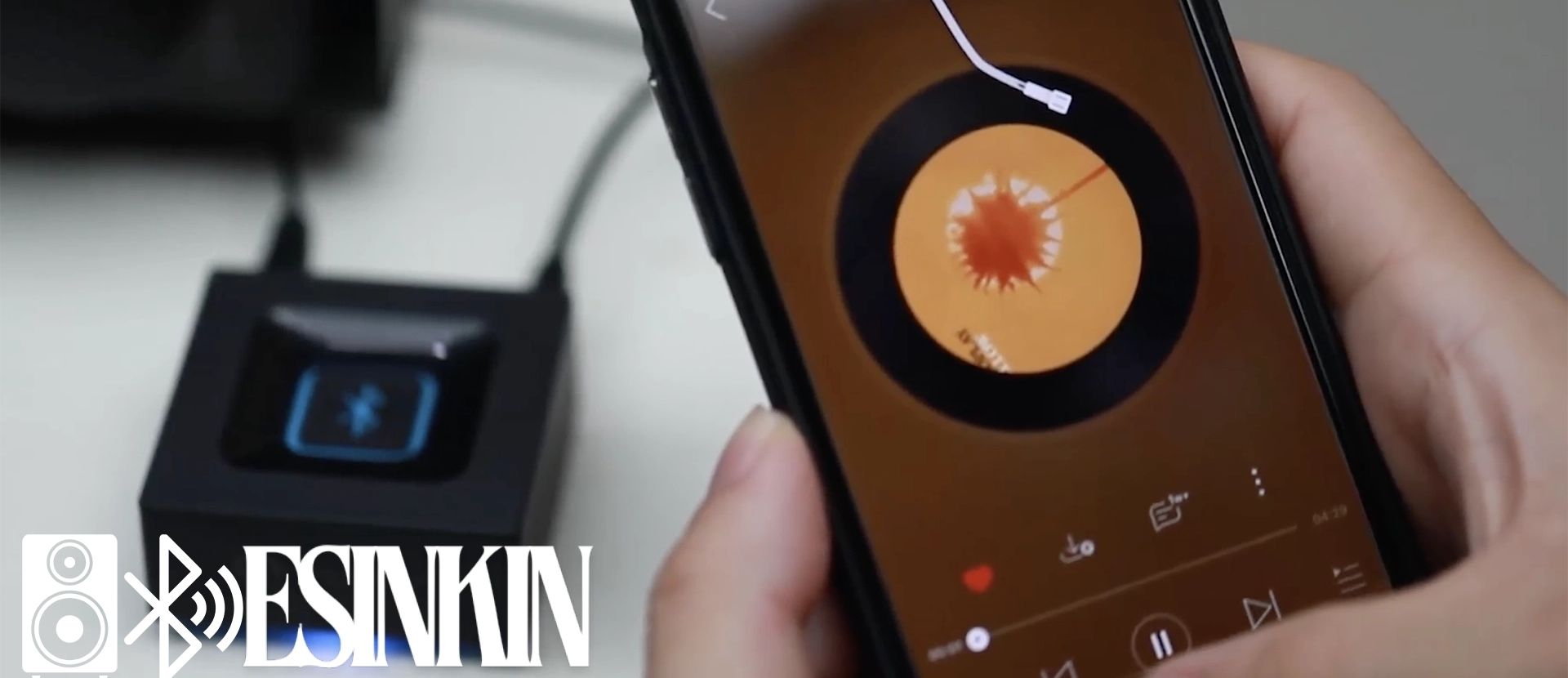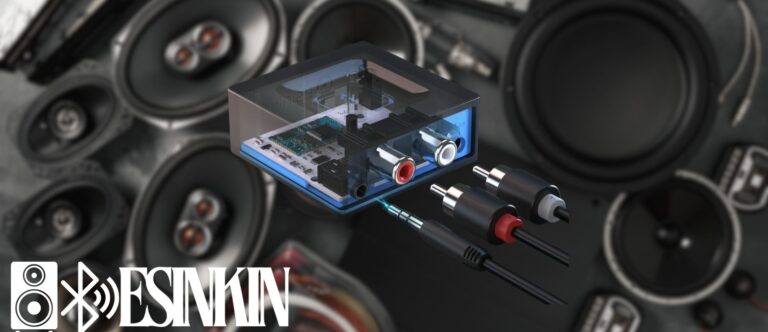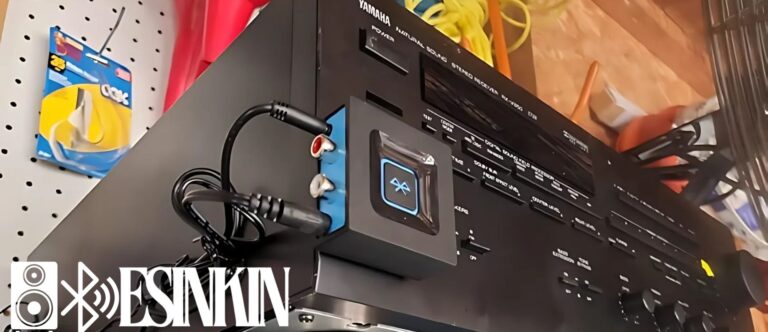In today’s wireless world, a Bluetooth receiver is an essential device for enhancing audio experiences across various settings. Whether at home, in the car, or in a professional environment, Bluetooth receivers allow seamless wireless audio streaming, eliminating the need for physical connections. They offer a convenient solution for upgrading traditional wired audio systems to support modern Bluetooth-enabled devices.
About Bluetooth Technology
Bluetooth is a wireless communication technology that enables short-range data transmission between devices. It operates on the 2.4 GHz frequency band and is widely used for audio streaming, file sharing, and peripheral connections. Bluetooth audio relies on specific profiles, including:
- A2DP (Advanced Audio Distribution Profile) – Supports high-quality audio streaming.
- AVRCP (Audio/Video Remote Control Profile) – Allows remote control of playback functions. These profiles ensure efficient transmission and control of audio signals, making Bluetooth a reliable choice for wireless communication.
What Is a Bluetooth Receiver?
A Bluetooth receiver is a device that receives wireless audio signals from a Bluetooth-enabled source, such as a smartphone, tablet, or computer, and transmits them to a non-Bluetooth audio system. Unlike a Bluetooth transmitter, which sends audio to Bluetooth-enabled devices (e.g., headphones), a Bluetooth receiver is designed to make wired audio systems wireless.
How Does a Bluetooth Receiver Work?
A Bluetooth receiver functions by:
- Pairing with a Bluetooth-enabled device – A smartphone, tablet, or computer sends an audio signal via Bluetooth.
- Receiving the audio signal – The receiver processes the incoming signal using supported Bluetooth profiles.
- Converting the signal – The received digital audio is converted into an analog or digital output.
- Transmitting the audio – The signal is sent to a connected speaker, amplifier, or audio system. Bluetooth receivers typically offer a range of up to 30 feet and may support low-latency codecs to minimize audio delays.
Common Uses of a Bluetooth Receiver
Home Audio Systems
- Upgrade wired speakers and home theater systems to support Bluetooth streaming.
Car Audio Systems
- Enable hands-free calling and wireless music playback in vehicles without built-in Bluetooth.
Headphones and Speakers
- Improve compatibility with audio sources that lack Bluetooth, such as older TVs and MP3 players.
Professional Applications
- Enhance office conference systems, public announcement setups, and entertainment venues with wireless connectivity.
Key Features to Look for in a Bluetooth Receiver
When selecting a Bluetooth receiver, consider the following features:
- Bluetooth version – Newer versions (e.g., Bluetooth 5.0) offer better range and connectivity.
- Codec support – Advanced codecs like aptX, aptX HD, and LDAC improve audio quality and reduce latency.
- Battery life vs. wired power – Some receivers are rechargeable, while others require constant power.
- Signal stability – Strong connectivity ensures minimal dropouts and interference.
- Ease of setup – Plug-and-play functionality enhances user convenience.
Benefits of Using a Bluetooth Receiver
- Eliminates cable clutter – Enjoy wireless streaming without tangled cords.
- Enhances sound quality – Advanced codecs provide high-fidelity audio.
- Extends the life of existing audio equipment – Convert traditional systems into modern Bluetooth-compatible devices.
- Increases portability – Use in different settings, from cars to offices and outdoor speakers.
Choosing the Right Bluetooth Receiver for Your Needs
When selecting a Bluetooth receiver, consider the intended use:
- For home audio – Look for receivers with aptX HD support and long-range connectivity.
- For car audio – Compact, battery-powered receivers with built-in microphones are ideal.
- For professional use – Choose receivers with multiple output options and reliable Bluetooth connectivity.
Recommended Option: Esinkin Bluetooth Receivers
Esinkin offers high-quality Bluetooth receivers that provide reliable wireless audio streaming, ensuring seamless connectivity and superior sound performance.
How to Set Up a Bluetooth Receiver
Step-by-Step Guide:
- Power on the Bluetooth receiver – Connect to a power source or charge if necessary.
- Pair with a Bluetooth-enabled device – Activate pairing mode and connect via the device’s Bluetooth settings.
- Connect to an audio system – Use an AUX, RCA, or optical cable to link the receiver to speakers or amplifiers.
- Test the connection – Play audio from the paired device to ensure proper functionality.
Troubleshooting Tips:
- No sound output? Ensure the volume is up and connections are secure.
- Intermittent audio? Reduce interference by keeping the receiver within range.
- Pairing issues? Reset the receiver and attempt pairing again.
Frequently Asked Questions
Can a Bluetooth receiver work with any speaker?
Yes, as long as the speaker has an input port (AUX, RCA, or optical) that matches the receiver’s output.
What is the difference between a Bluetooth receiver and a transmitter?
A receiver receives Bluetooth audio signals, while a transmitter sends audio signals to Bluetooth devices.
Does a Bluetooth receiver affect sound quality?
Quality depends on codec support and signal strength. Receivers with aptX or LDAC offer superior audio performance.
Takeaway
Bluetooth receivers are essential tools for modernizing wired audio systems, offering convenience, flexibility, and enhanced sound quality. Whether for home entertainment, car audio, or professional use, a Bluetooth receiver eliminates cables and provides a seamless wireless experience.
For high-quality, reliable wireless audio solutions, explore Esinkin’s Bluetooth receivers today!


